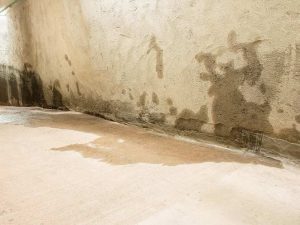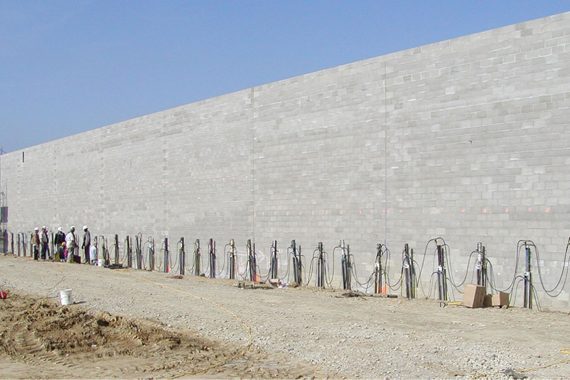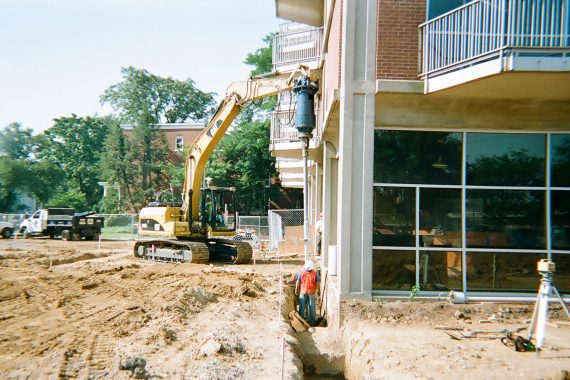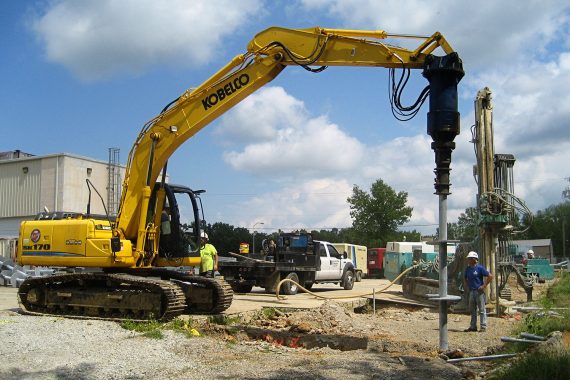Hydrostatic pressure is a critical concept in understanding foundation health. The Dwyer Company, Inc., the trusted provider of foundation repair services in the local area, discusses everything you need to know about it, including its impact on foundations.

What Is Hydrostatic Pressure?
Hydrostatic pressure is a concept in fluid mechanics that refers to the force exerted by a fluid at rest due to the force of gravity. It affects buildings and homes by exerting force against foundations and basement walls. This pressure is most apparent in areas with high water tables or after significant rainfall, leading to saturated soils around foundations. When the soil around a foundation absorbs water, it expands, increasing the pressure exerted against the foundation. This can lead to water seepage, cracks, and other forms of damage.
The Impact of Hydrostatic Pressure on Your Foundation and Basement
The effects of hydrostatic pressure on residential and commercial foundations can be quite severe. Initially, it might cause minor problems, such as water seepage into basements or crawl spaces. However, if left unaddressed, the continuous pressure can lead to more significant issues, including:
-
Cracks in Foundation Walls. As the pressure against the foundation increases, cracks can form, allowing water to infiltrate your basement, leading to potential flooding and water damage.
-
Bowing Foundation Walls. Over time, the constant pressure can cause foundation walls to bow inward, compromising the structural integrity of your home.
-
Erosion of Soil Under Foundations. The force of hydrostatic pressure can cause soil erosion beneath the foundation, leading to uneven settling and potentially causing the foundation to shift or crack.
Recognizing Hydrostatic Pressure Problems
Identifying the signs of hydrostatic pressure early can save homeowners a great deal of stress and expense. Key indicators include:
-
Water Seepage. The most visible sign of hydrostatic pressure is water seepage through the basement floor or walls.
-
Cracks in the Basement Floor or Walls. Any new cracks or widening of existing cracks in the basement floor or walls can be a telltale sign.
-
Mold or Mildew. The presence of mold or mildew in your basement can indicate excess moisture, possibly due to hydrostatic pressure.
-
Efflorescence. A white, powdery substance on basement walls is a sign of water seepage through the concrete, a common symptom of hydrostatic pressure.
-
Bowing Walls. Walls that appear to be bowing inward are a serious indication of hydrostatic pressure damage.
Check out the next blog post, where we’ll discuss the possible fixes for issues caused by hydrostatic pressure. Meanwhile, for all your home foundation repair needs, turn to The Dwyer Company, Inc. Call us at (877) 399-3726, or fill out our contact form for a free quote.




